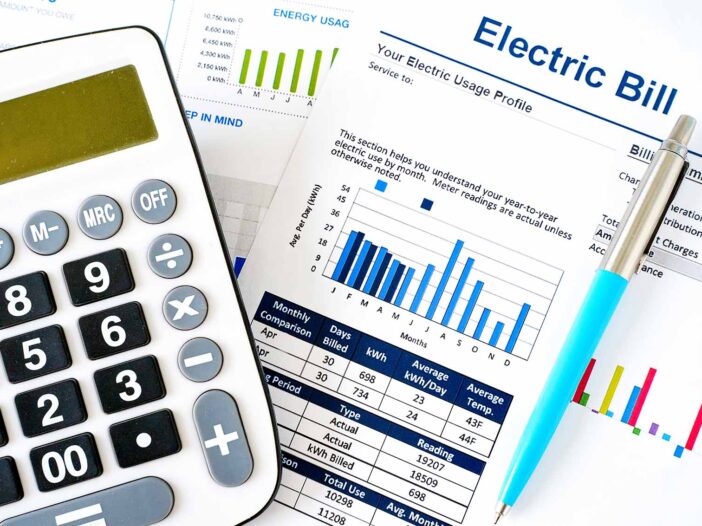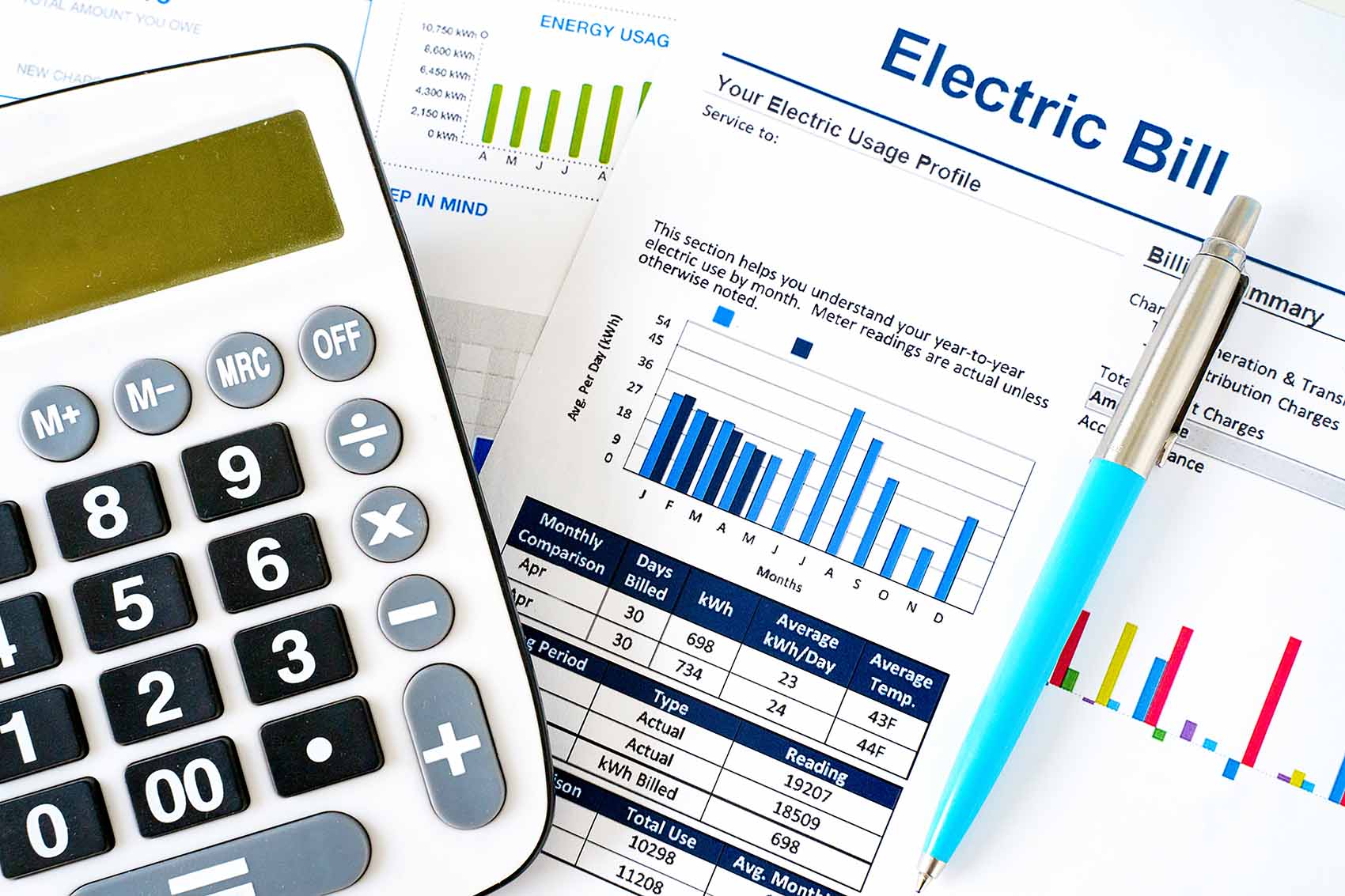

With cost of living and energy shaping up as an election issue, what consumers have to pay for electricity is under the spotlight.
But electricity tariffs do more than just determine how much we pay for power. They shape how—and whether—households and businesses invest in the technologies essential for decarbonisation.
Energy economist Dr. Ahmad Faruqui, who has spent 45 years advising governments, utilities, and regulators, argues that outdated electricity pricing models are holding back the energy transition.
“Without the right tariffs, people will not invest in these new carbon-free technologies, and without the carbon-free technologies being installed, we will not be able to achieve our societal goals for net zero emissions,” he told the SwitchedOn Australia podcast.
The Australian Energy Market Commission (AEMC) is currently reviewing electricity prices – they say they want to use them to create a ‘consumer-driven future.’
But what does that mean when most Australians don’t even know what electricity tariff they are on, let alone how they impact their choices. Only 20% of consumers know the tariff they have.
The role of tariffs in shaping consumer behaviour
Electricity tariffs are an opportunity to encourage smarter energy use, but Faruqui argues that many pricing structures fail to send the right signals, leading consumers to either overuse or underuse electricity—both of which harm economic efficiency.
“The purpose of a tariff is not just to collect money for the utility company or the retailer,” he argues. “The purpose is to incentivise the customer to optimise their energy consumption so that their bill is as low as possible.”
But today’s pricing models often don’t reflect the true cost of electricity.
“Most tariffs are flat,” Faruqui notes, “even though the cost of generating and delivering electricity varies dramatically by time of day.”
Time-of-use (TOU) tariffs, which charge more during peak periods and less when demand is low, are now being rolled out to help correct this. They are supposed to encourage consumers to shift their energy use when electricity is cheaper and cleaner.
But Australia has faced challenges in introducing TOU tariffs because some retailers have introduced them without properly informing consumers why they’re being introduced.
Consumers have been switched without adequate information which has led to unexpected bill increases and subsequent backlash.
“You can’t suddenly change people’s tariffs,” stresses Faruqui. “You have to educate them and inform them on, first of all, why tariffs are being changed.”
As well as clear communication and education Faruqui argues that successful tariff reform also needs provide bill protection – a transition period where consumers are shielded from bill shock.
Some US jurisdictions have implemented “shadow billing,” which allows customers to compare their TOU bill to what they would have paid under a flat tariff. If the TOU bill is higher, they aren’t charged the difference for the first year and have the option to switch back.
“The secret to success is to have a choice,” Faruqui says. “At one end would be the flat tariff, and at the other end would be perhaps an hourly pricing tariff, and in between would be a straightforward time-of-use tariff.”
Addressing the fixed network charges problem
However, even with better TOU pricing, many Australians will still face high electricity costs due to the fixed daily charges charged by the networks, which make up around half of many bills.
Faruqui argues that these charges also need to be reduced and restructured.
“It is the job of the regulators to make sure that those charges are as low as possible,” he says. He also advocates for TOU pricing to be applied to network charges, not just retail tariffs.
However, he has encountered resistance from network operators to the suggestion.
“The brick wall I have run into is the networks tell me that ultimately, it’s the retailer who sends the bill to the customer, and the retailer may or may not choose to show them the network tariff structure.”
Faruqui believes the energy industry must be pushed to adopt consumer-friendly pricing that supports electrification and emissions reduction.
“The energy industry needs to be prodded and pushed into doing things that are good for the energy transition, because otherwise those are companies that are making profit, and they will do whatever they can to maximize their profit, not necessarily promote the social good.”
Australia has a window of opportunity to reform electricity pricing in a way that empowers consumers, reduces costs, and accelerates the shift to a zero-emissions future. But it will only succeed if the new tariffs work for the people using them.
You can hear the full interview with Dr Ahmad Faruqui on the SwitchedOn Australia podcast.
Anne Delaney is the host of the SwitchedOn podcast and our Electrification Editor, She has had a successful career in journalism (the ABC and SBS), as a documentary film maker, and as an artist and sculptor.

